Grace Hancock ’22 and her senior integrated project (SIP) are proving that something fishy is going on with the rising water temperatures caused by climate change.
Hancock, a biology major and Spanish minor from Portland, Oregon, recently conducted her SIP in the fish ecology lab at K with guidance from Roger F. and Harriet G. Varney Assistant Professor of Biology Santiago Salinas. Through it, she administered an analysis of Atlantic silverside fish, foragers that grow to be no longer than 6 inches in length, which exhibit temperature-dependent sex determination.
“When the temperature is generally colder, the fish produce more females,” Hancock said. “When it’s warmer, they produce more males because the females need to reach a bigger size before they hit sexual maturity.”
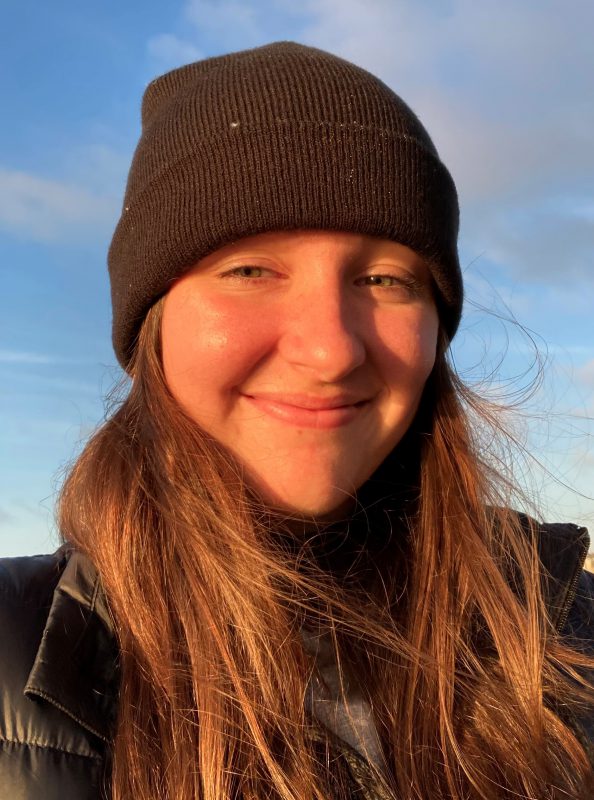
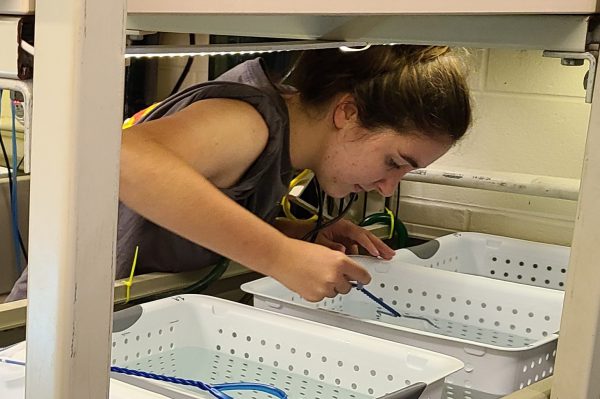
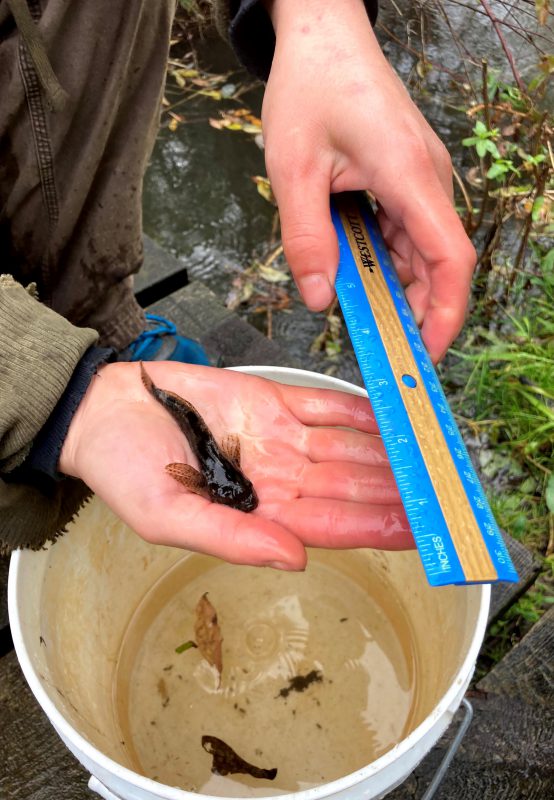
Such a process is nature’s way of ensuring optimal numbers of males and females along with ideal conditions for breeding. However, that only works if their water temperatures follow seasonal patterns that are unaffected by climate change. As a result, climate change can cause problems for not only a variety of temperature-dependent sex determination-exhibiting fish, but humans as well.
“Skewed sex ratios in populations are crazy to monitor because they mean there aren’t as many viable mates for them and it’s dangerous for the species,” Hancock said. “I can see how these fish are going to need our help and how climate change needs to slow down if we want to continue to explore and work with these resources that we have in our oceans. If some fish are struggling and some are not, it will create an imbalance.”
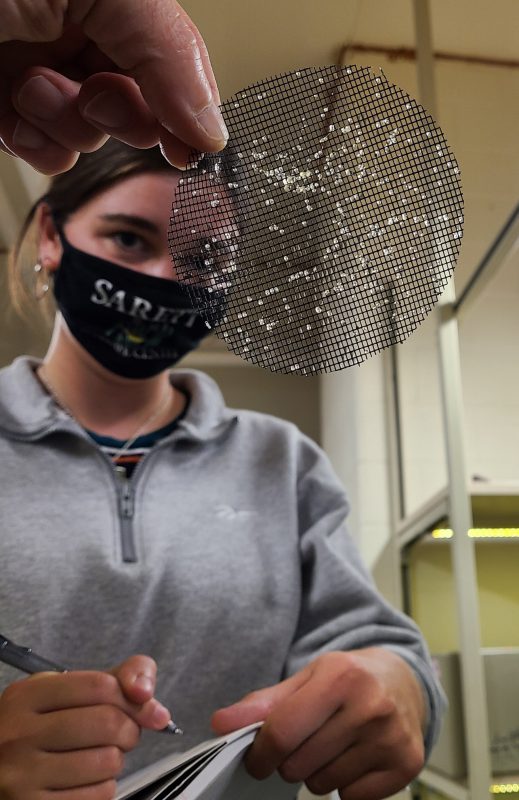

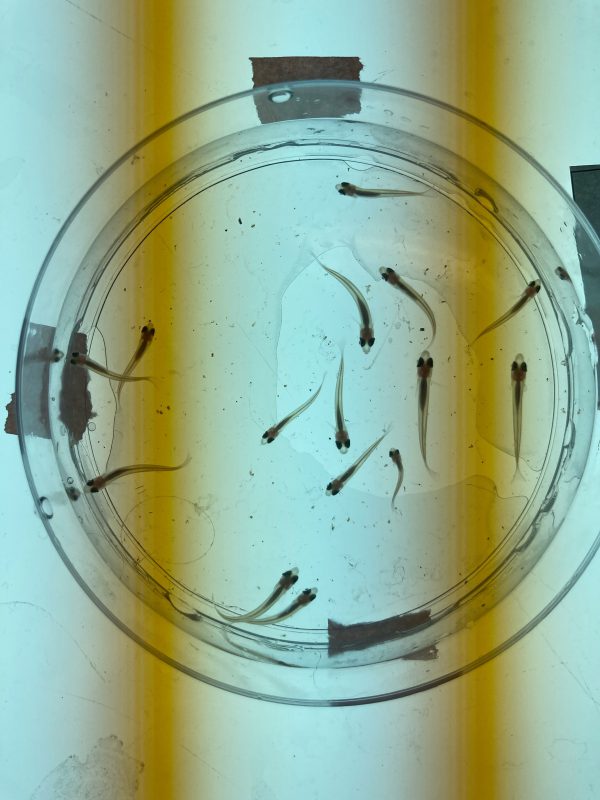
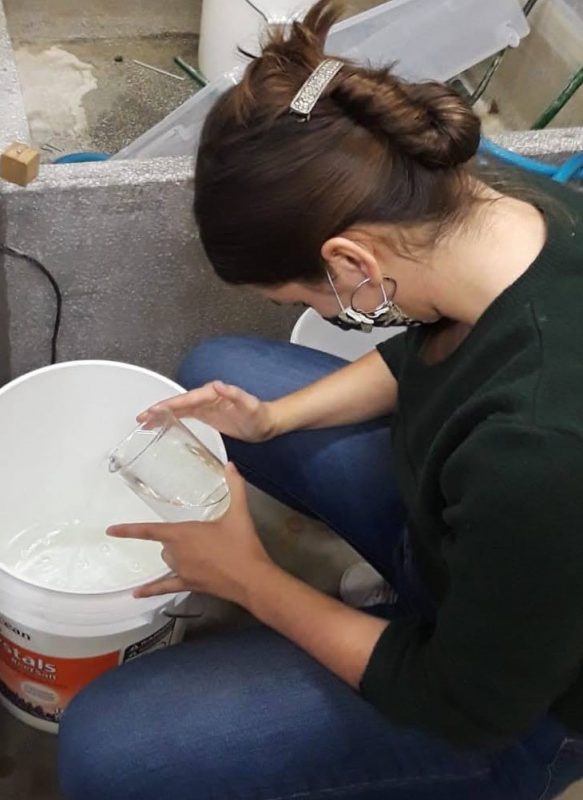
Thanks to her research and her passion for science, Hancock is a great example of someone the United Nations is celebrating today, February 11, on the International Day of Women and Girls in Science. The day, first marked in 2015, encourages women scientists and targets equal access to and participation in science for women and girls.
Such a day is desired because U.N. statistics show that fewer than 30 percent of scientific researchers in the world are women and only about 30 percent of all female students select fields in science, technology, engineering or math (STEM) to pursue in their higher education. Only about 22 percent of the professionals in cutting edge fields such as artificial intelligence are women. Plus, representation among women is especially low professionally in fields such as information and communication technology at 3 percent; natural science, mathematics and statistics at 5 percent; and engineering at 8 percent.
“This happens in high school, college, middle school and as far back as I can remember,” Hancock said. “Women in science classes have to fight for their place. I feel like we’re getting better, but even in college, I feel talked over. I feel like I don’t have as much of a voice or authority in those communities. There are extra roadblocks for women to stick around in STEM, and it can be taxing emotionally and mentally to experience those environments.”
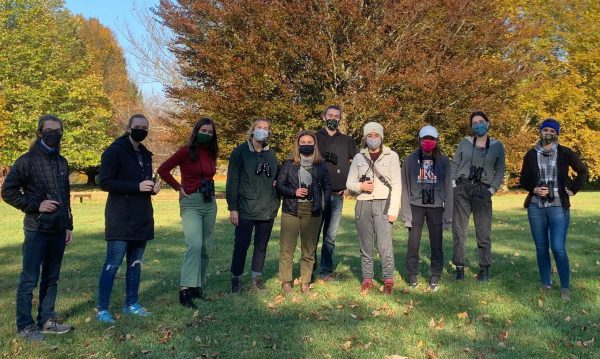
Hancock is among the many women in science at K working to reverse such trends. In addition to her marine biology work, she has enjoyed taking classes involving ecology and animal behavior, while encouraging students new to K to stick with the sciences and seek support systems. Hancock had her own support systems even outside the classroom through the Kalamazoo Birding Club and the women’s swimming and diving team.
“There’s so much research and so much to be said about staying healthy physically, and how that helps you mentally,” Hancock said of her athletics experience. “Even if I’m having a hard trimester, taking classes like organic chemistry or calculus, if I’m working out regularly or I have a team of women supporting me in the water, then my classroom work is going to be better. I would say almost half of the women on the swimming and diving team were STEM majors or taking STEM classes and we consistently had one of the highest GPAs among the athletics programs at K. It was an academically-driven community and I loved being a student-athlete.”
In targeting life after K, Hancock obtained class credit by working for a trimester in an internship at Sarett Nature Center in Benton Harbor, Michigan.
“That was a really great experience, because I got to visit every week and see how the naturalists worked,” Hancock said. “We used GIS equipment to survey and record the locations of different plants and demographic data on the fish living in streams. It was observational data, which was great exposure for me as someone who is more research focused.”
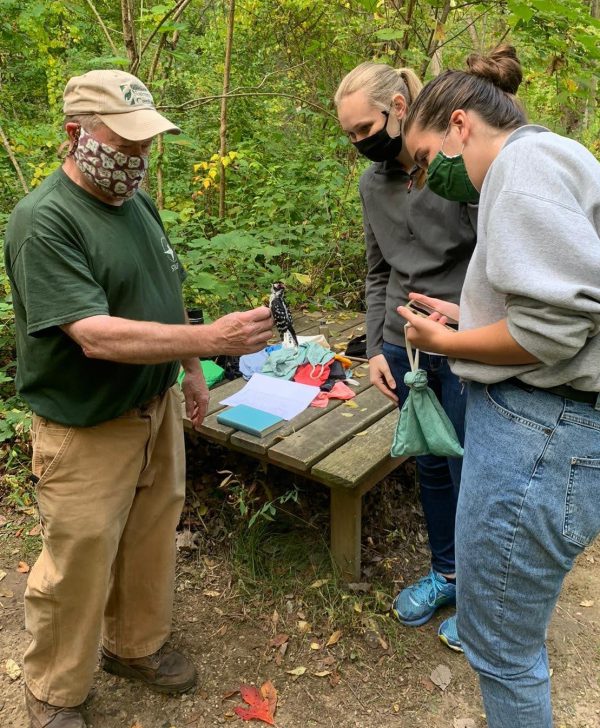
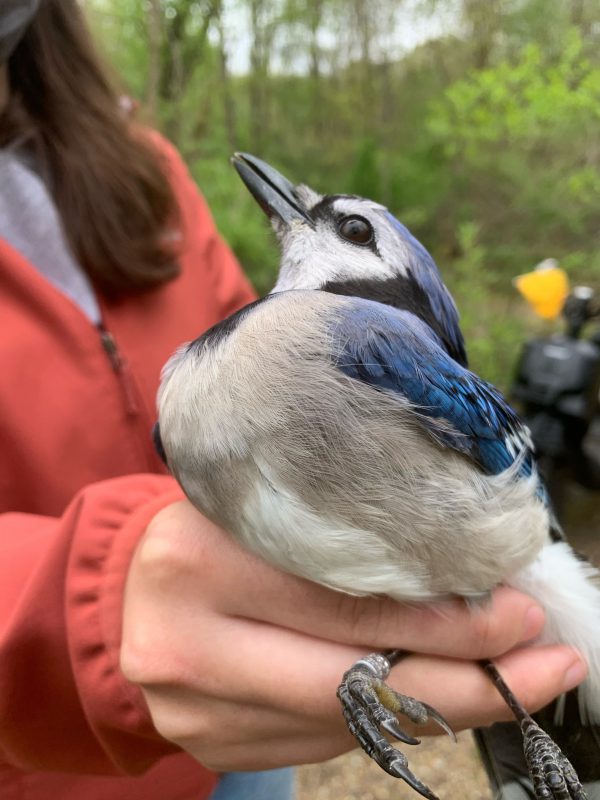
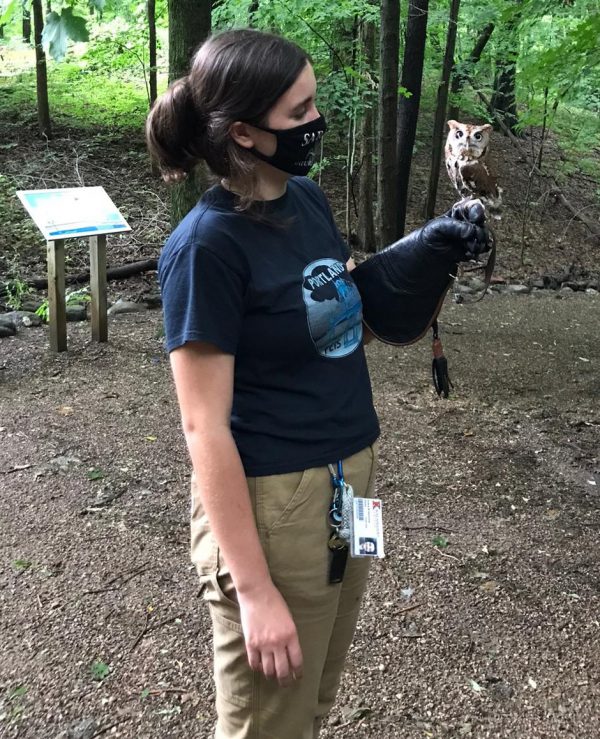

After graduation, Hancock hopes to obtain a short-term marine biology job that might involve working in a lab or on a boat to monitor marine mammals. After that, she would like to obtain a Fulbright scholarship in a country in South America to work on her Spanish skills and later find a graduate program that suits her. In the meantime, she will continue mentoring younger students, while following in the footsteps of students who started at K before her.
“Mentorship from our professors is important, but there’s a lot to be said for women looking after women in the classroom,” she said. “I have a few students who have graduated as my role models and I hope to emulate them for younger students. I’m a TA for Form and Function and some other entry-level biology classes. Through that I’m able to work with first-year students. I’m continuing that legacy that the older students gave to me.”

